The Complete Guide to Home Builders
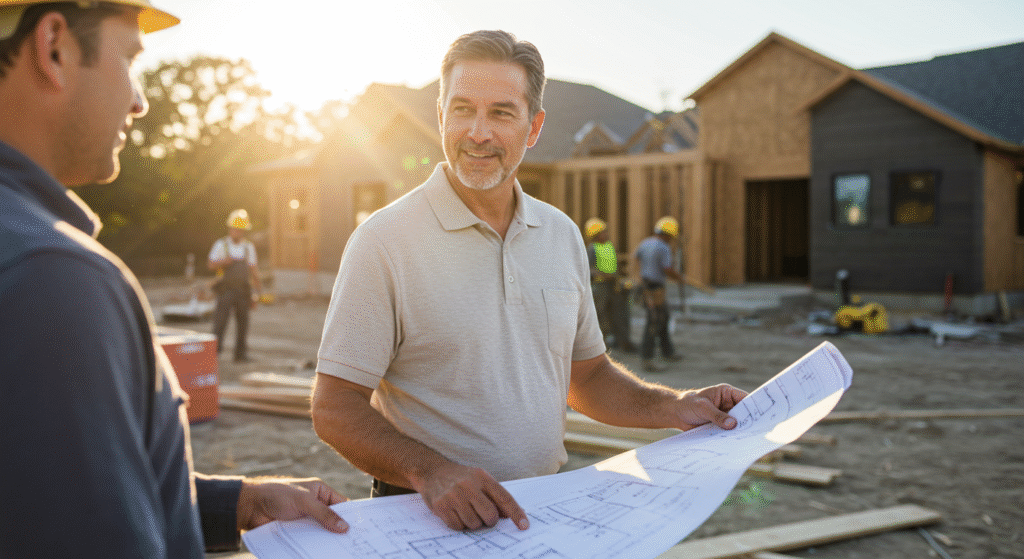
Home Builders
Table of Contents
- Introduction to Home Builders
- 1.1. Definition and Role in the Construction Industry
- 1.2. Historical Evolution of Home Building
- 1.3. Importance of Home Builders in Society
- Types of Home Builders
- 2.1. Production Builders
- 2.2. Custom Home Builders
- 2.3. Spec Home Builders
- 2.4. Luxury Home Builders
- Key Responsibilities and Skills of a Home Builder
- 3.1. Project Management and Coordination
- 3.2. Budgeting and Cost Control
- 3.3. Working with Architects and Designers
- 3.4. Managing Subcontractors and Labor
- The Home Building Process
- 4.1. Planning and Designing the Home
- 4.2. Securing Permits and Approvals
- 4.3. Preparing the Building Site
- 4.4. Constructing the Home
- 4.5. Final Inspection and Handover
- Sustainable and Eco-Friendly Building Practices
- 5.1. Energy-Efficient Design
- 5.2. Use of Recycled and Sustainable Materials
- 5.3. Water Conservation Techniques
- 5.4. Green Building Certifications
- Challenges Faced by Home Builders
- 6.1. Managing Construction Costs
- 6.2. Dealing with Delays and Supply Chain Issues
- 6.3. Adapting to Market Trends and Consumer Preferences
- 6.4. Navigating Regulatory and Zoning Requirements
- Case Studies of Successful Home Building Projects
- 7.1. A Custom Home in a Rural Setting
- 7.2. A Luxury Development in an Urban Area
- 7.3. A Sustainable Community Project
- 7.4. Overcoming Unforeseen Challenges
- The Future of Home Building
- 8.1. Emerging Technologies and Innovations
- 8.2. The Rise of Modular and Prefabricated Homes
- 8.3. Increased Focus on Sustainability
- 8.4. The Impact of Smart Home Technology
- Legal and Financial Considerations
- 9.1. Understanding Contracts and Legal Obligations
- 9.2. Securing Financing and Managing Budgets
- 9.3. Navigating Tax Incentives and Rebates
- 9.4. Managing Risk and Insurance
- Conclusion
- 10.1. Summary of Key Points
- 10.2. The Evolving Role of Home Builders
- 10.3. Advice for Aspiring Home Builders
- 10.4. The Future Outlook of the Home Building Industry

1. Introduction to Home Builders
1.1. Definition and Role in the Construction Industry
A home builder is a professional responsible for the construction of residential properties. They oversee the entire process, from land acquisition and design to construction and completion, ensuring that the project is executed efficiently and meets the client’s expectations.
1.2. Historical Evolution of Home Building
The art of home building has a rich history, with early examples of shelters made from natural materials like wood and stone. Over the centuries, home building evolved with advancements in technology and materials, leading to the sophisticated techniques and practices seen today.
1.3. Importance of Home Builders in Society
Home builders play a crucial role in providing shelter and contributing to the development of communities. They not only construct physical structures but also create spaces that foster family life, social interaction, and economic growth.
2. Types of Home Builders
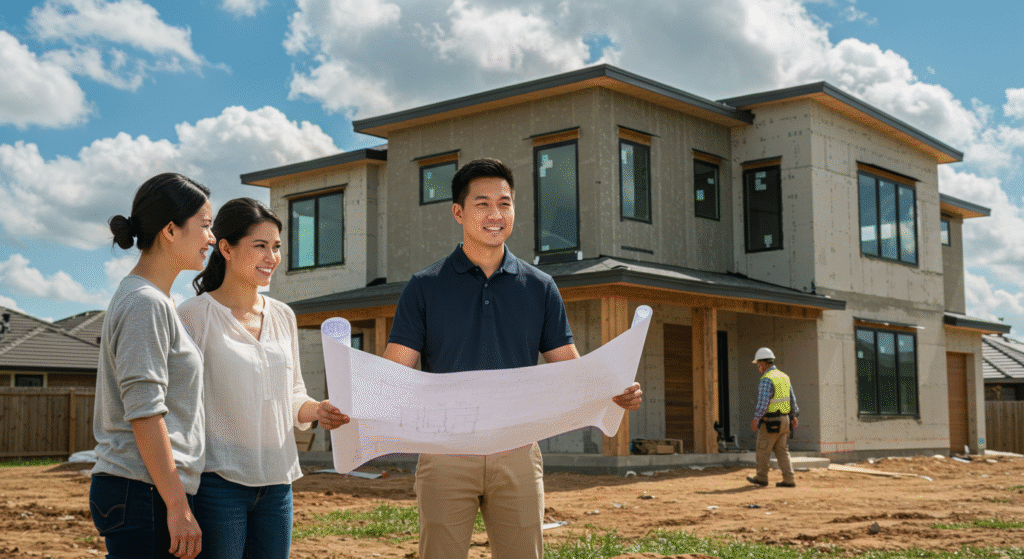
2.1. Production Builders
Production builders focus on constructing a large volume of homes using standardized designs and materials. They often work on large-scale developments, offering a range of floor plans and options for buyers.
2.2. Custom Home Builders
Custom home builders specialize in creating unique, tailored homes that meet the specific needs and preferences of individual clients. This type of builder works closely with architects and designers to bring bespoke designs to life.
2.3. Spec Home Builders
Spec home builders construct homes without a specific buyer in mind, hoping to sell the property after completion. This method allows for quicker construction and often targets specific market segments.
2.4. Luxury Home Builders
Luxury home builders cater to high-end clients, focusing on premium materials, advanced features, and intricate designs. These homes are typically custom-built and offer exceptional quality and craftsmanship.
3. Key Responsibilities and Skills of a Home Builder
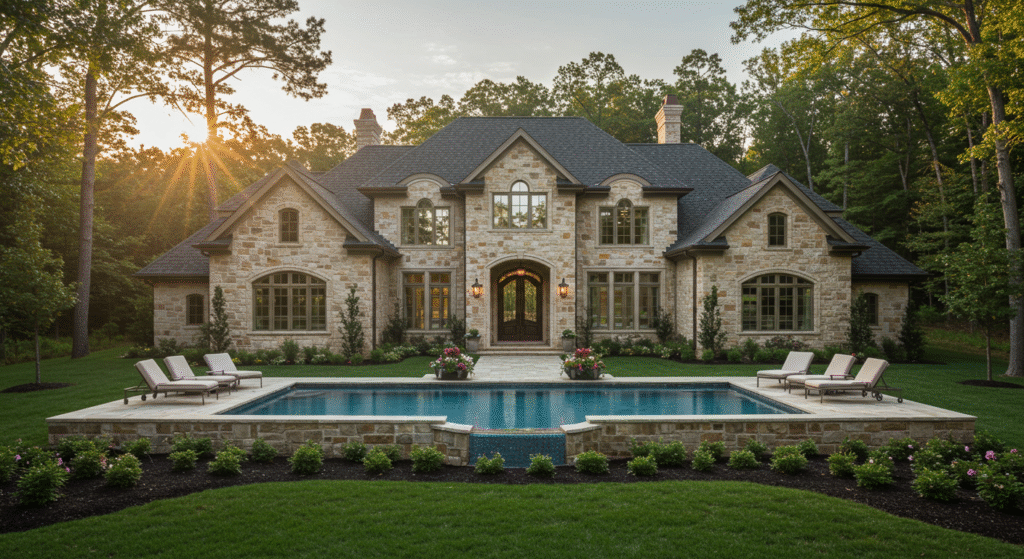
3.1. Project Management and Coordination
Effective project management is essential for overseeing the various stages of home construction. This includes coordinating with architects, engineers, and subcontractors to ensure the project stays on track.
3.2. Budgeting and Cost Control
Managing the budget is a critical responsibility of a home builder. This involves estimating costs, negotiating with suppliers, and controlling expenditures to stay within financial limits.
3.3. Working with Architects and Designers
Collaboration with architects and designers is vital for creating functional and aesthetically pleasing homes. Home builders must balance design aspirations with practical considerations like budget and constructability.
3.4. Managing Subcontractors and Labor
Home builders are responsible for hiring and managing subcontractors and laborers. This includes ensuring that all work meets quality standards and is completed in a timely manner.
4. The Home Building Process

4.1. Planning and Designing the Home
The process begins with planning and designing the home. This stage involves working with clients to understand their needs, creating preliminary designs, and securing necessary approvals.
4.2. Securing Permits and Approvals
Before construction can begin, home builders must obtain all required permits and approvals. This ensures that the project complies with local building codes and regulations.
4.3. Preparing the Building Site
Preparing the building site is the next step. This includes clearing the land, grading the soil, and installing utility lines to prepare for construction.
4.4. Constructing the Home
The actual construction phase involves laying the foundation, framing the structure, installing electrical and plumbing systems, and finishing the interior and exterior of the home.
4.5. Final Inspection and Handover
After construction is complete, a final inspection is conducted to ensure that the home meets all quality and safety standards. The home is then handed over to the client, marking the successful completion of the project.
5. Sustainable and Eco-Friendly Building Practices
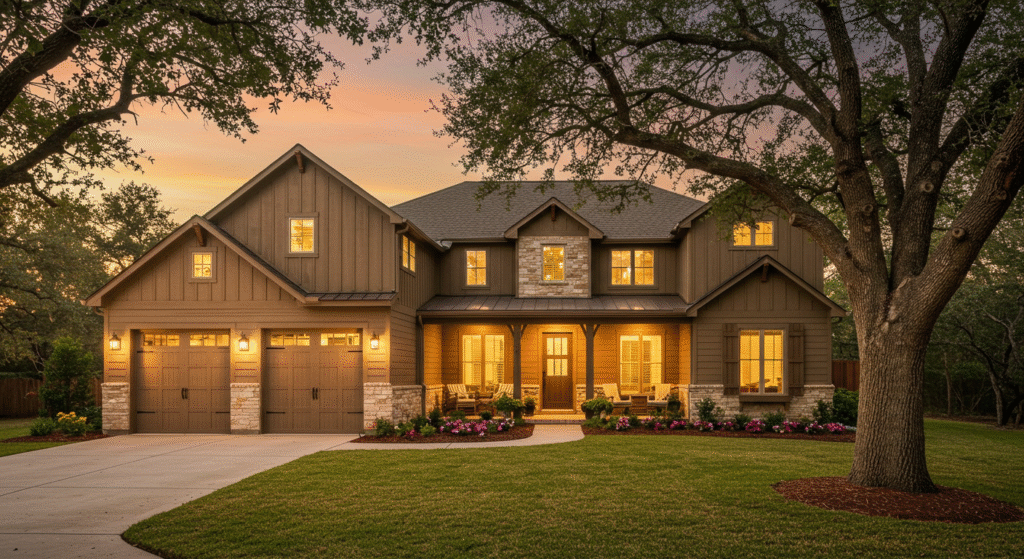
5.1. Energy-Efficient Design
Energy-efficient design focuses on minimizing energy consumption through the use of insulation, double-glazed windows, and renewable energy sources like solar panels.
5.2. Use of Recycled and Sustainable Materials
Using recycled and sustainable materials reduces the environmental impact of construction. This includes materials like reclaimed wood, low-VOC paints, and recycled metal.
5.3. Water Conservation Techniques
Water conservation techniques, such as rainwater harvesting and greywater recycling, help reduce water usage and promote sustainability in home building.
5.4. Green Building Certifications
Obtaining green building certifications, such as LEED or Energy Star, recognizes homes that meet rigorous environmental standards and can enhance market value.
6. Challenges Faced by Home Builders
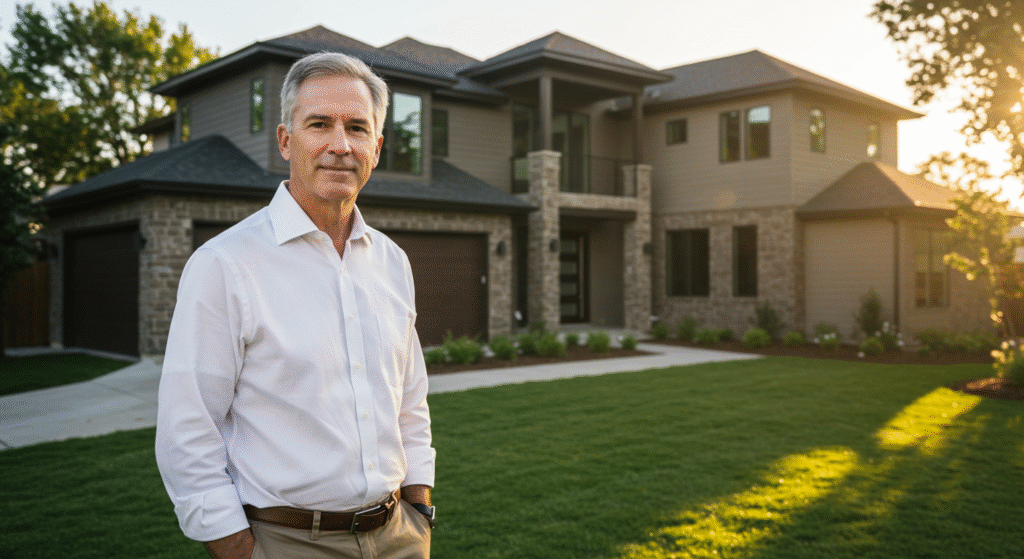
6.1. Managing Construction Costs
One of the primary challenges is managing construction costs, which can fluctuate due to material prices, labor shortages, and other factors.
6.2. Dealing with Delays and Supply Chain Issues
Delays in material delivery or labor availability can disrupt the construction schedule, impacting project timelines and budgets.
6.3. Adapting to Market Trends and Consumer Preferences
Home builders must stay attuned to changing market trends and consumer preferences, such as the demand for smart homes or open-concept living spaces.
6.4. Navigating Regulatory and Zoning Requirements
Understanding and complying with local regulations and zoning laws is essential for avoiding legal issues and ensuring that the project moves forward smoothly.
7. Case Studies of Successful Home Building Projects

7.1. A Custom Home in a Rural Setting
This case study highlights the construction of a custom home in a rural area, emphasizing the unique challenges and opportunities of building in a remote location.
7.2. A Luxury Development in an Urban Area
This section examines a luxury home development in an urban setting, showcasing the use of high-end materials and advanced construction techniques.
7.3. A Sustainable Community Project
This case study focuses on a community project that prioritizes sustainability, incorporating green building practices and energy-efficient designs.
7.4. Overcoming Unforeseen Challenges
This section shares lessons learned from a project that faced unexpected challenges, such as extreme weather conditions or material shortages, and how the builder successfully navigated these issues.
8. The Future of Home Building
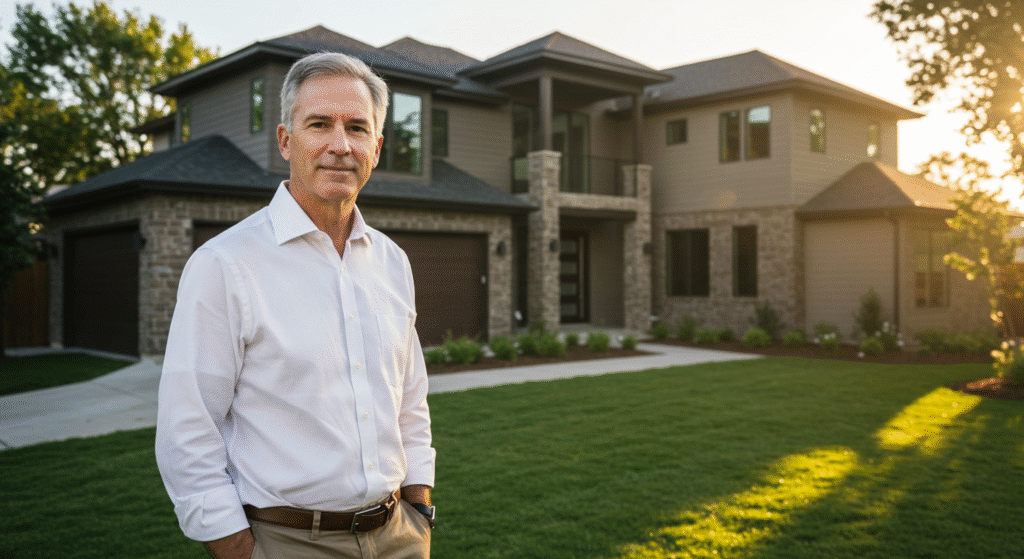
8.1. Emerging Technologies and Innovations
The future of home building is poised to be shaped by emerging technologies, such as 3D printing, modular construction, and smart home technology.
8.2. The Rise of Modular and Prefabricated Homes
Modular and prefabricated homes are gaining popularity due to their efficiency, cost-effectiveness, and reduced environmental impact.
8.3. Increased Focus on Sustainability
As concern for the environment grows, home builders are increasingly incorporating sustainable practices and materials into their projects.
8.4. The Impact of Smart Home Technology
Smart home technology is transforming the way homes are built and lived in, offering enhanced convenience, energy efficiency, and security.
9. Legal and Financial Considerations
9.1. Understanding Contracts and Legal Obligations
Home builders must understand and comply with contracts, warranties, and legal obligations to protect themselves and their clients.
9.2. Securing Financing and Managing Budgets
Securing adequate financing is crucial for the success of a home building project. Effective budget management ensures that the project stays financially viable.
9.3. Navigating Tax Incentives and Rebates
Home builders should be aware of tax incentives and rebates available for sustainable and energy-efficient construction practices.
9.4. Managing Risk and Insurance
Understanding and managing risks, such as construction defects or accidents, is essential for protecting the business and ensuring project continuity.
10. Conclusion
10.1. Summary of Key Points
Home builders play a vital role in constructing the spaces where people live, work, and create memories. By understanding the responsibilities, challenges, and future trends in the industry, home builders can continue to deliver high-quality homes that meet the needs of their clients.
10.2. The Evolving Role of Home Builders
The role of home builders is constantly evolving, driven by technological advancements, changing consumer preferences, and environmental concerns. By embracing innovation and staying informed about industry trends, home builders can adapt to these changes and remain competitive.
10.3. Advice for Aspiring Home Builders
For those looking to enter the home building industry, it is important to gain practical experience, stay updated on industry trends, and continuously improve skills and knowledge. Building a strong network of professionals and maintaining a commitment to quality and sustainability will be key to long-term success.
10.4. The Future Outlook of the Home Building Industry
The future of the home building industry looks promising, with opportunities for growth and innovation. By focusing on sustainability, embracing new technologies, and addressing the changing needs of consumers, home builders can contribute to the development of thriving communities and create homes that stand the test of time.
This comprehensive guide provides an in-depth look at the home building industry, covering everything from the basics of what a home builder does to the latest trends and technologies shaping the future of construction. Whether you’re an aspiring home builder or simply looking to understand the process better, this article offers valuable insights and practical advice to help you navigate the world of home building.
Pingback: Foundation Repair: A Comprehensive Guide